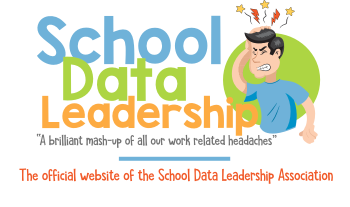Vocabulary development is a vital aspect of language acquisition and literacy. It refers to the ability to understand and use words effectively across different contexts. Having a rich and extensive vocabulary enhances comprehension and communication, allowing individuals to express themselves clearly and understand what others are saying or writing.
Key Aspects of Vocabulary Development
-
Breadth of Vocabulary: This refers to the number of words a person knows. Broad vocabulary enables individuals to comprehend a wider range of texts and engage in more diverse conversations.
-
Depth of Vocabulary: This involves a deeper understanding of word meanings, including the nuances and different contexts in which a word can be used. Depth also covers knowledge of synonyms, antonyms, and idioms.
-
Word Consciousness: An awareness and interest in words and their meanings, which motivates ongoing vocabulary expansion. People with high word consciousness are often more effective in using their vocabulary in varied situations.
Importance of Vocabulary Development
-
Reading Comprehension: Vocabulary is directly linked to understanding text. Readers cannot understand what they are reading without knowing what most of the words mean. As texts become more complex, the demand for a larger vocabulary increases.
-
Effective Expression: A rich vocabulary allows for more precise and varied expression. This is crucial not only in written communication but also in speaking, as it enhances the ability to persuade, inform, and engage others.
-
Academic Success: Vocabulary breadth and depth are strong predictors of academic achievement across all areas of the curriculum, as understanding and following instructions, engaging with content, and expressing knowledge are all dependent on vocabulary.
-
Lifelong Learning and Cognitive Function: Continued vocabulary growth is associated with cognitive vitality and is a key component in lifelong learning and adaptability in changing environments.
Strategies for Teaching Vocabulary
-
Explicit Instruction: Teaching specific words before reading helps with both immediate comprehension and long-term retention. This involves directly explaining the meanings of words, along with their usage in sentences.
-
Contextual Learning: Learning new words through context helps with understanding how words fit into everyday language. Teachers can design activities that immerse students in rich language environments where they can infer the meanings of words from context.
-
Word-Rich Environment: Creating a word-rich environment in the classroom through books, posters, and digital media encourages natural vocabulary growth. Regular reading is one of the most effective ways to enhance vocabulary.
-
Use of Multimedia: Integrating videos, images, and interactive media provides multimodal experiences that help reinforce word meanings.
-
Word Games and Activities: Games like crossword puzzles, word searches, and apps designed for vocabulary building make learning new words fun and engaging.
-
Encouraging Wide Reading: Exposure to a broad range of texts helps expand vocabulary naturally and contextually. Teachers can facilitate this by providing diverse reading materials that challenge the student without overwhelming them.
-
Repetition and Practice: Regular review and use of new words in different contexts solidify learning and ensure that vocabulary gains are maintained over time.
For teachers, particularly at the elementary level, fostering vocabulary development is crucial for setting the stage for successful learning and communication. Effective vocabulary instruction involves not only teaching specific words but also creating an environment that values and encourages linguistic growth. This approach ensures that students develop the skills necessary to navigate complex academic tasks and everyday interactions successfully.
